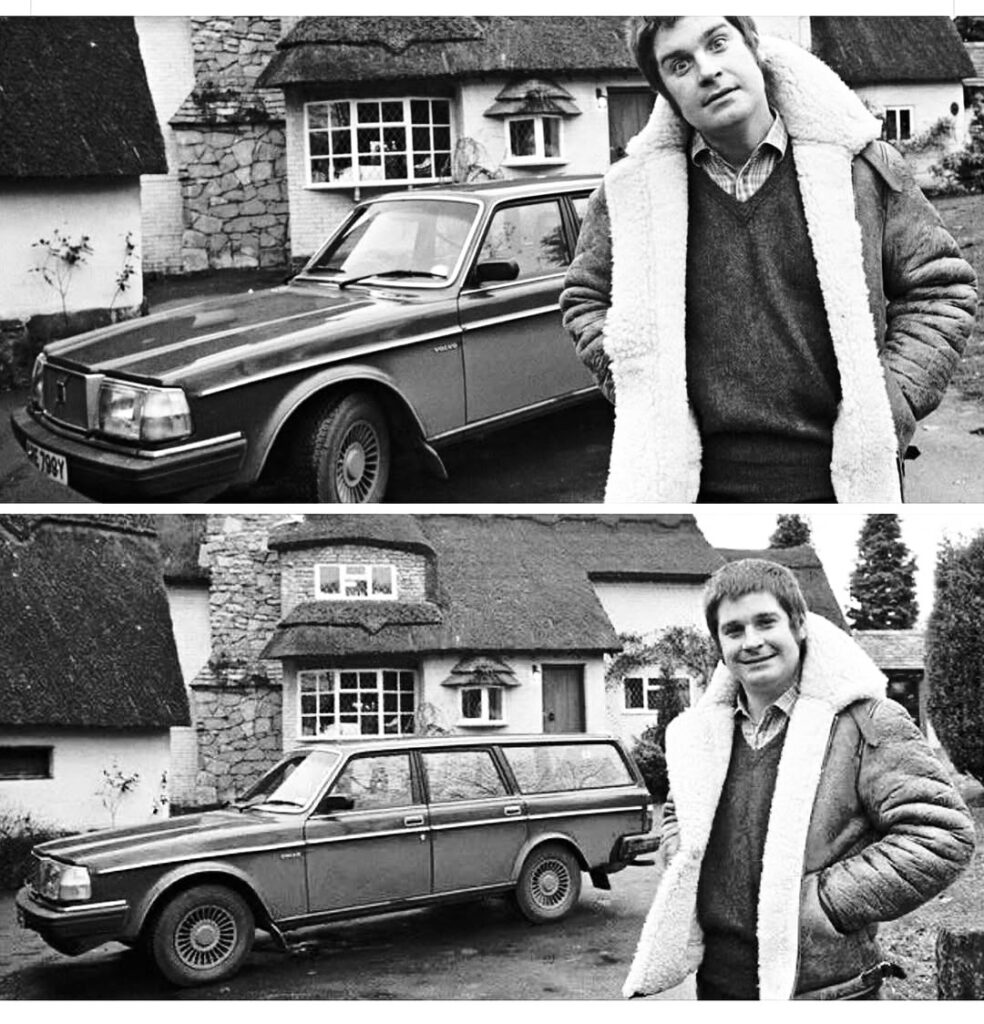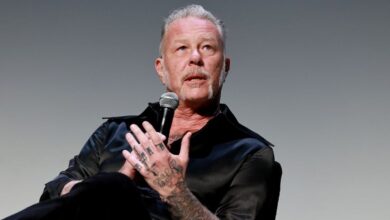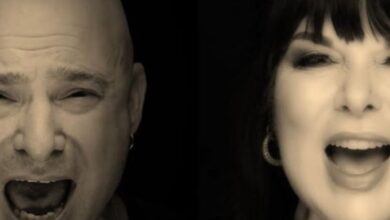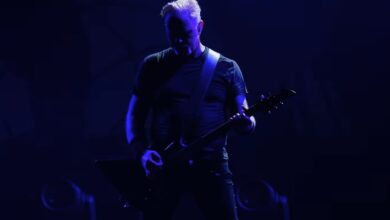How “Bark at the Moon” Became a Timeless Anthem—From Metal’s Greatest Riff to Vice City Legend
Ozzy Osbourne’s “Bark at the Moon” is more than just a heavy metal classic—it’s an electrifying anthem with a legacy that stretches far beyond the boundaries of its genre. Released in 1983 as the title track of Ozzy’s third solo album, the song marked a major turning point in his career. After weathering personal struggles and the loss of his friend and guitarist Randy Rhoads, Ozzy had everything to prove. “Bark at the Moon” wasn’t just a comeback; it was a full-throttle statement to the world.
The song’s opening riff is instantly recognizable—sharp, wild, and full of that unmistakable 80s energy. Written in a period when metal was growing ever more theatrical, “Bark at the Moon” struck a balance between pure aggression and catchy melody. Guitarist Jake E. Lee’s frantic playing drove the track, giving it a fierce bite that stood out from anything Ozzy had done before.
Ozzy’s theatrical approach didn’t stop with the music. The music video for “Bark at the Moon” became legendary, with Ozzy transformed into a werewolf-like creature prowling an eerie mansion. The visual effects may seem retro today, but in the early MTV era, this video set a new standard for metal’s embrace of horror and drama. Fans instantly connected with Ozzy’s wild energy and flair for the bizarre.
The album Bark at the Moon arrived at a time when Ozzy’s career could have gone either way. Randy Rhoads’s tragic death in 1982 left a huge void, but Ozzy found new chemistry with Jake E. Lee and drummer Tommy Aldridge. This fresh lineup powered the album with relentless intensity, and the title track quickly became a staple of Ozzy’s live shows.

Beyond its initial success, “Bark at the Moon” has proven its staying power for decades. The song’s popularity exploded again in the 2000s, thanks in large part to its inclusion in the wildly popular video game Grand Theft Auto: Vice City. Blasting from the fictional V-Rock radio station as players sped through the neon-lit streets, “Bark at the Moon” became a cultural touchstone for a whole new generation.
That connection to GTA: Vice City is no accident. The game’s soundtrack was packed with classic rock and metal, but “Bark at the Moon” stood out for its sheer adrenaline. Players who might never have explored Ozzy’s music outside the game suddenly found themselves singing along as they completed high-speed getaways or just cruised through the city. The song’s placement cemented its status as both an 80s relic and a timeless anthem.
Looking back, it’s easy to see why “Bark at the Moon” resonated so deeply. Ozzy has always had a knack for storytelling, weaving horror, fantasy, and real emotion into his lyrics. The song tells a tale of transformation and unleashed power—fitting for a man who reinvented himself after leaving Black Sabbath and overcoming personal turmoil. The lyrics paint a vivid picture, and Ozzy’s delivery is as wild as ever.
The album itself is often credited as a major influence on the direction of 80s metal. With its polished production and flamboyant guitar solos, Bark at the Moon showed that metal could be both menacing and accessible. Bands like Motley Crue, Twisted Sister, and W.A.S.P. would soon follow in Ozzy’s footsteps, embracing theatricality and shock value without losing musical substance.
Live performances of “Bark at the Moon” are legendary for their energy and spectacle. Ozzy would often take the stage in outlandish costumes, howling at the crowd and whipping fans into a frenzy. For many, seeing this song performed live was a rite of passage—a reminder that Ozzy wasn’t just the Prince of Darkness, but a true showman who knew how to entertain.
Behind the scenes, the making of the album wasn’t always smooth sailing. Ozzy has admitted to being in a dark place at times, struggling with grief and addiction. But the creative process was cathartic, and the chemistry between band members helped pull him through. The finished album is a testament to perseverance and the power of music to heal old wounds.
The song’s impact wasn’t limited to English-speaking audiences. “Bark at the Moon” charted in several countries and helped Ozzy’s solo career reach new heights internationally. Its horror-movie vibe appealed to metalheads everywhere, making it a Halloween staple and a crowd favorite at festivals around the world.
One reason for the song’s enduring popularity is its unforgettable guitar work. Jake E. Lee’s playing on “Bark at the Moon” is frequently cited by critics and musicians alike as a highlight of 80s metal. His technique combined lightning-fast runs with melodic hooks, earning him a permanent spot in the pantheon of guitar greats.
Ozzy’s ability to reinvent himself has always kept his music fresh. With “Bark at the Moon,” he proved that he could thrive outside of Black Sabbath, building a solo legacy that would influence countless artists. The song’s success opened the door for even more experimentation in his later albums, as Ozzy continued to push the boundaries of rock and metal.
Decades after its release, “Bark at the Moon” remains a favorite not only on the stage and on streaming services but also in pop culture. It’s been used in films, commercials, and, of course, video games. The image of Ozzy as a howling, untamed force is forever linked to the song’s mythos, inspiring fans old and new.
Even today, when Ozzy performs “Bark at the Moon,” the audience erupts with the same excitement as they did in the 80s. The track is more than a song—it’s a cultural phenomenon, blending horror, humor, and pure rock-and-roll spirit in a way that only Ozzy can. Whether you first heard it on vinyl, on the radio, or while racing through Vice City, “Bark at the Moon” is proof that some music truly never grows old.





